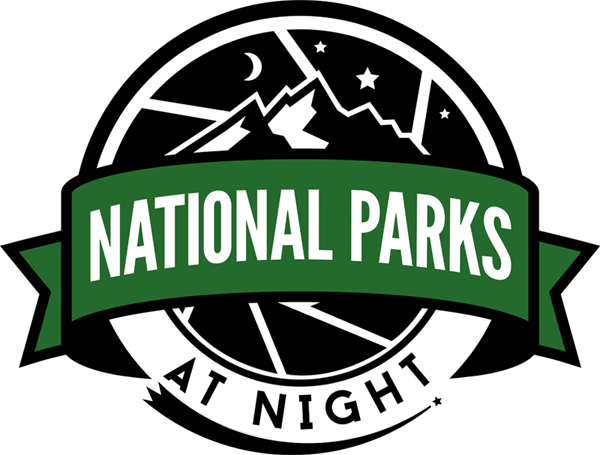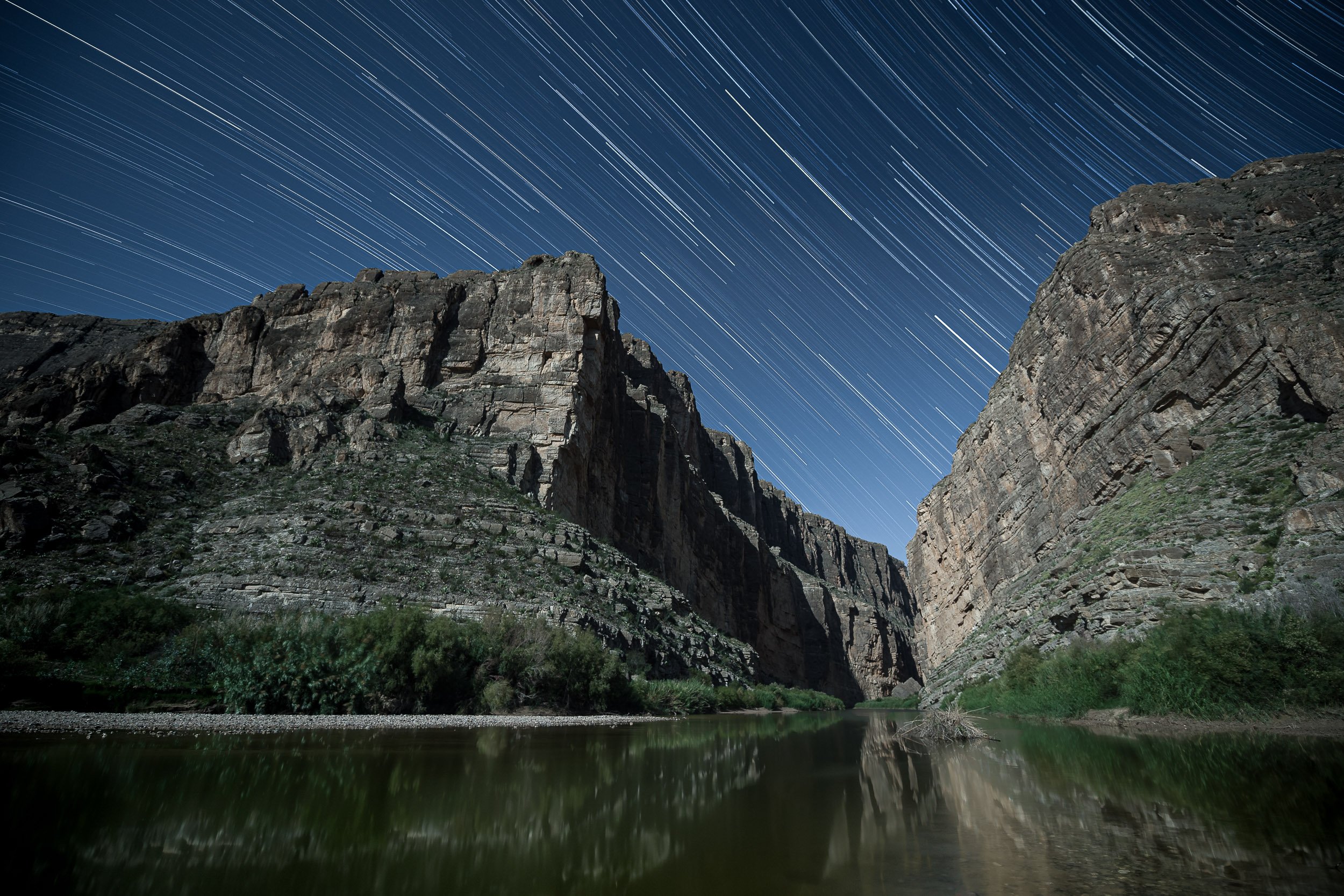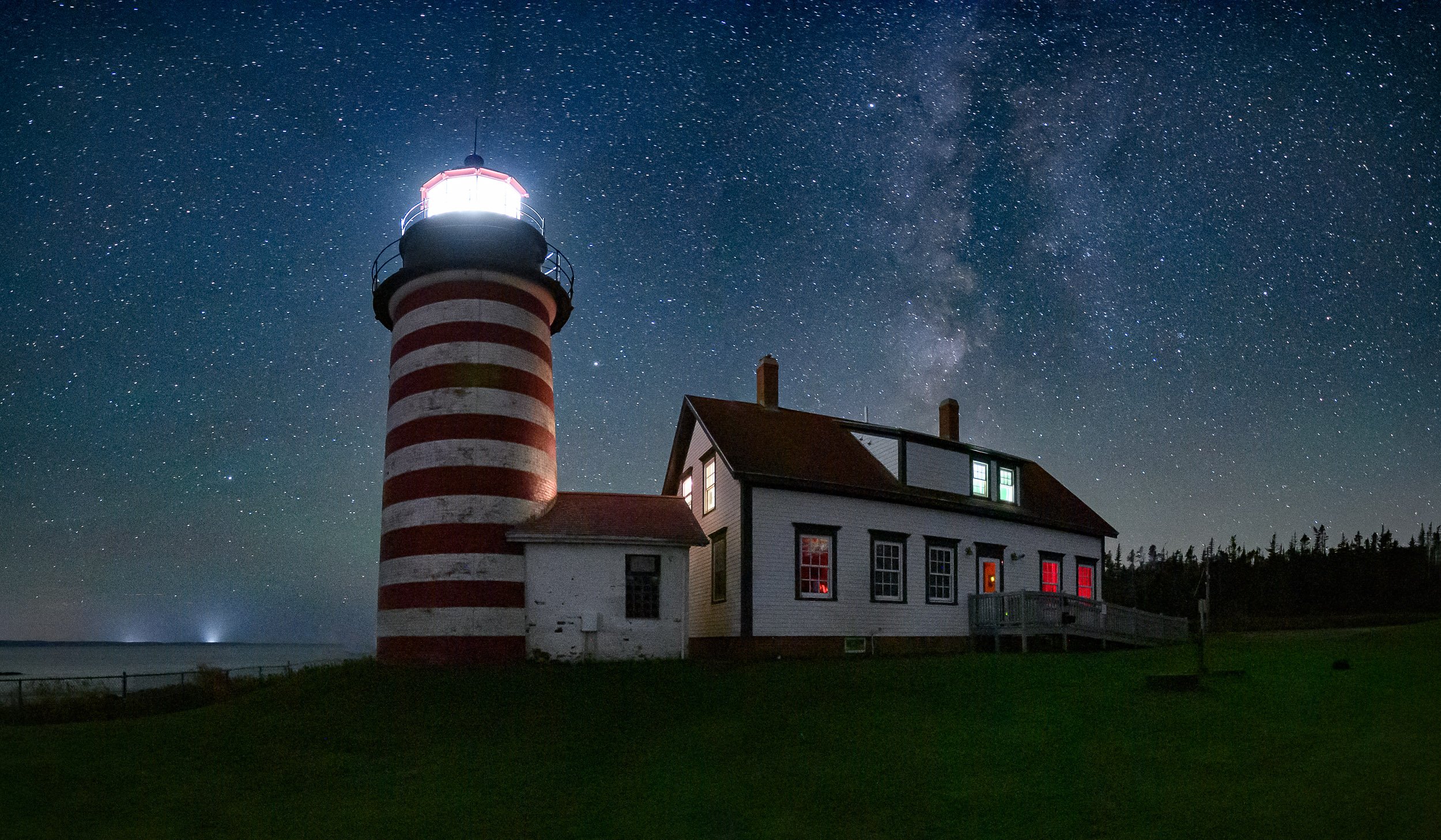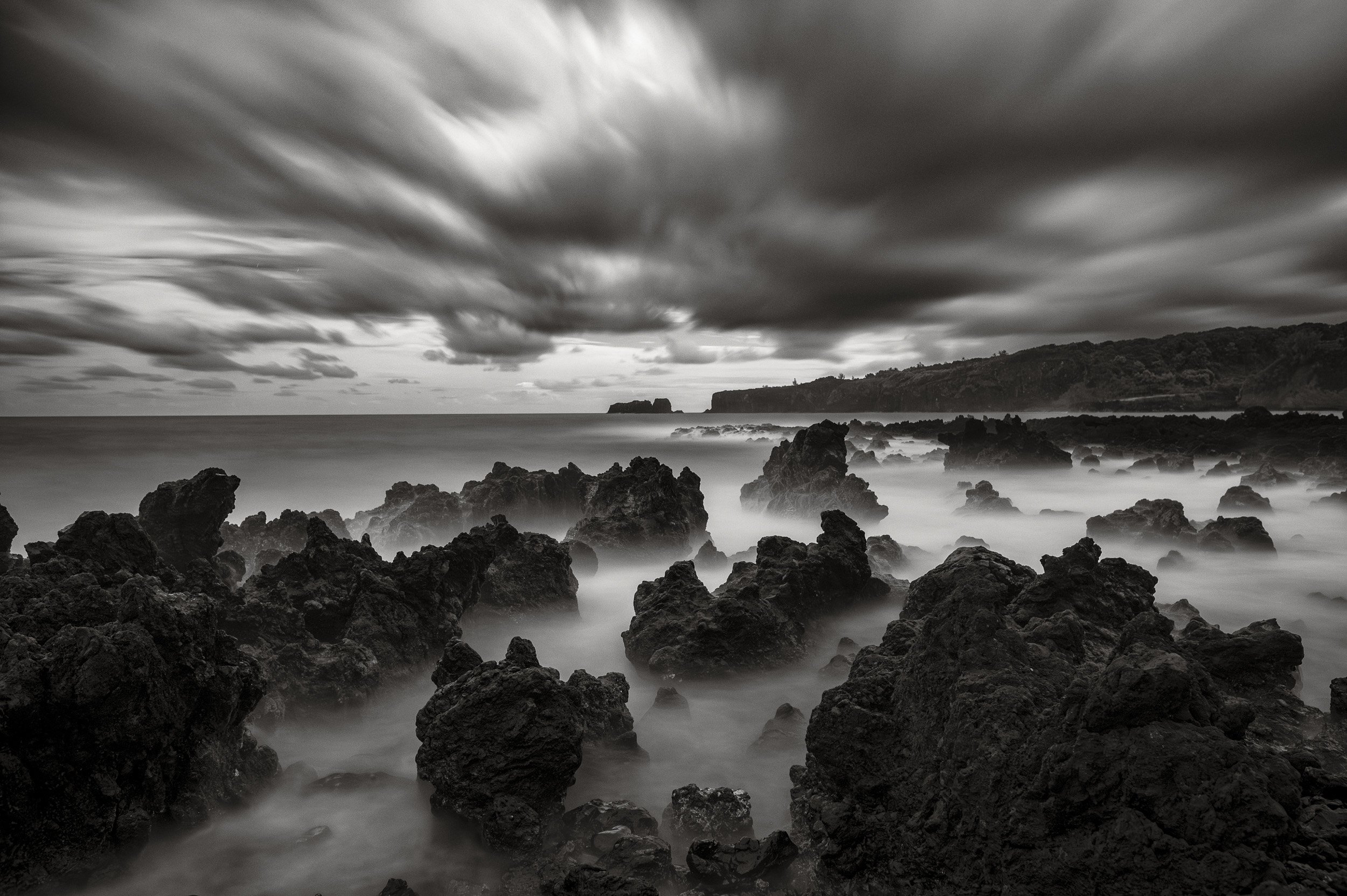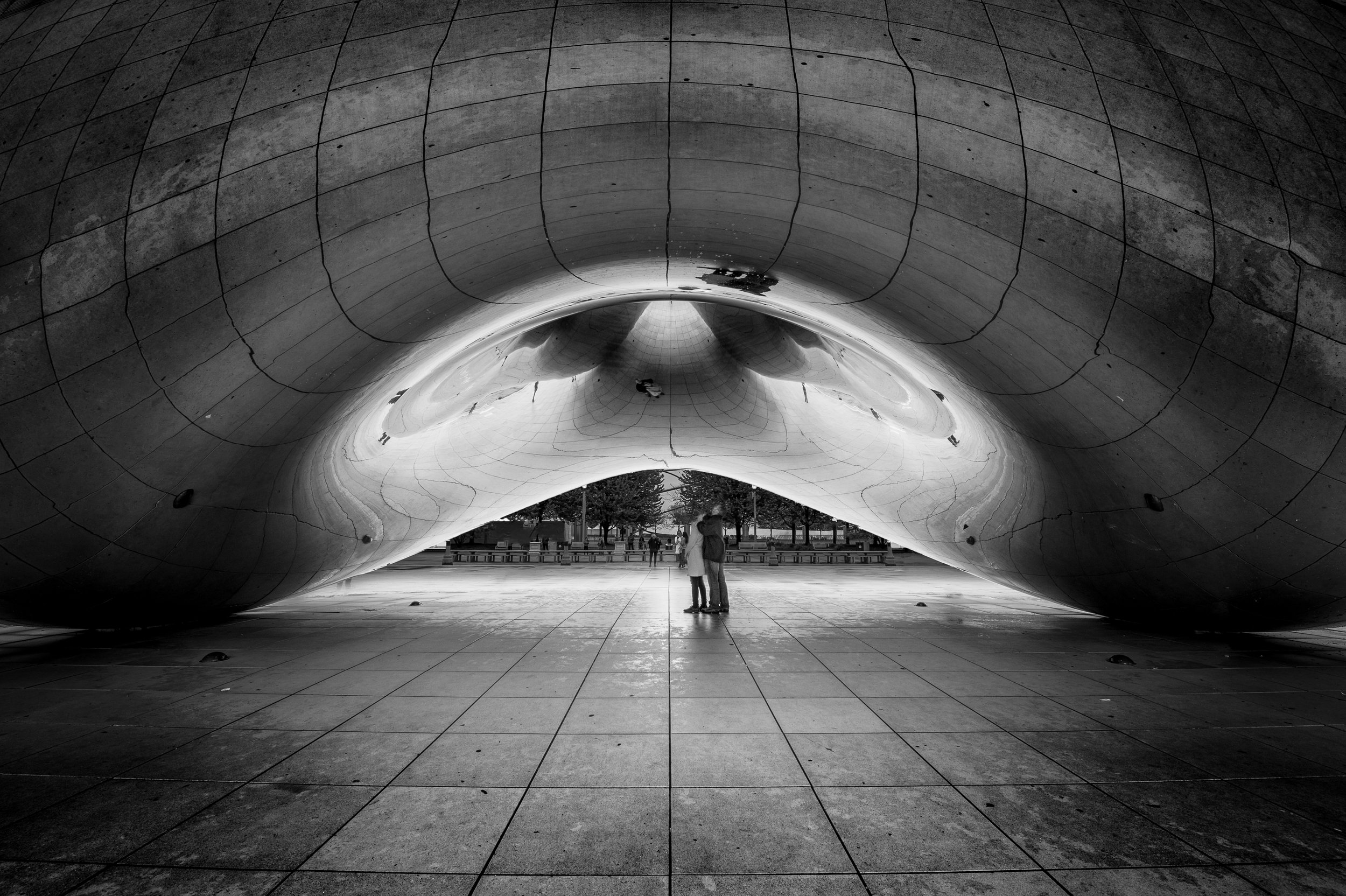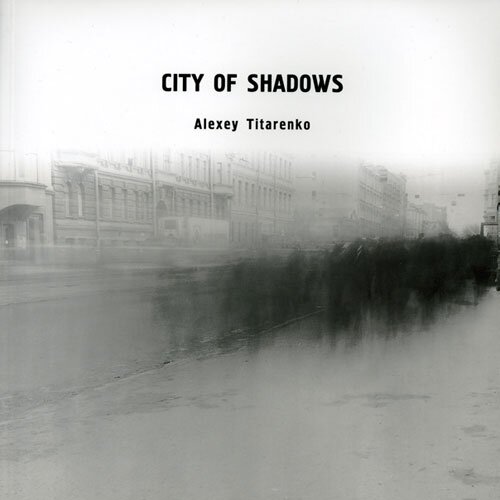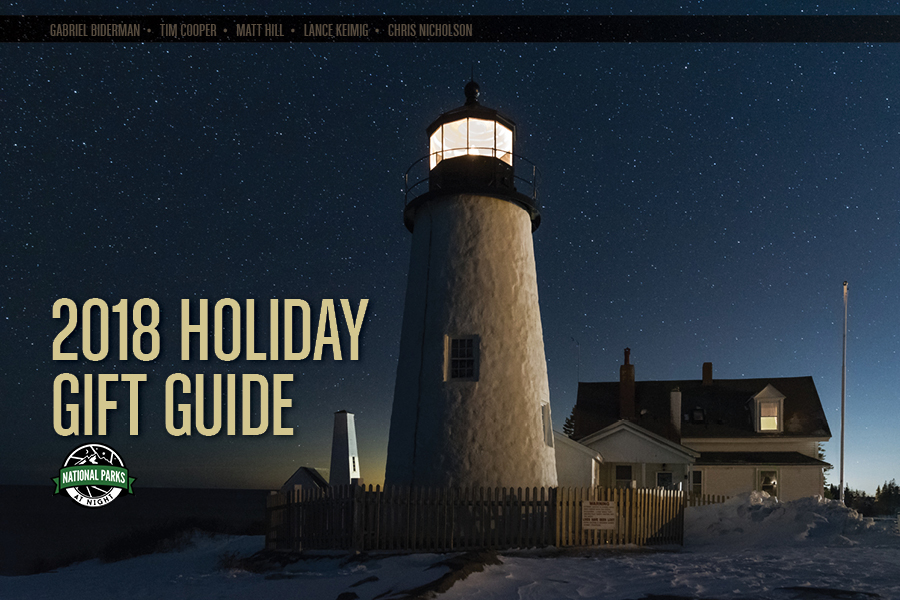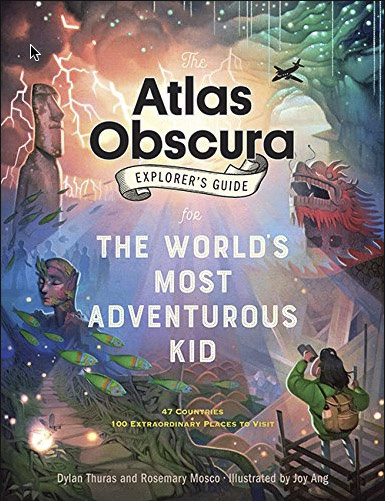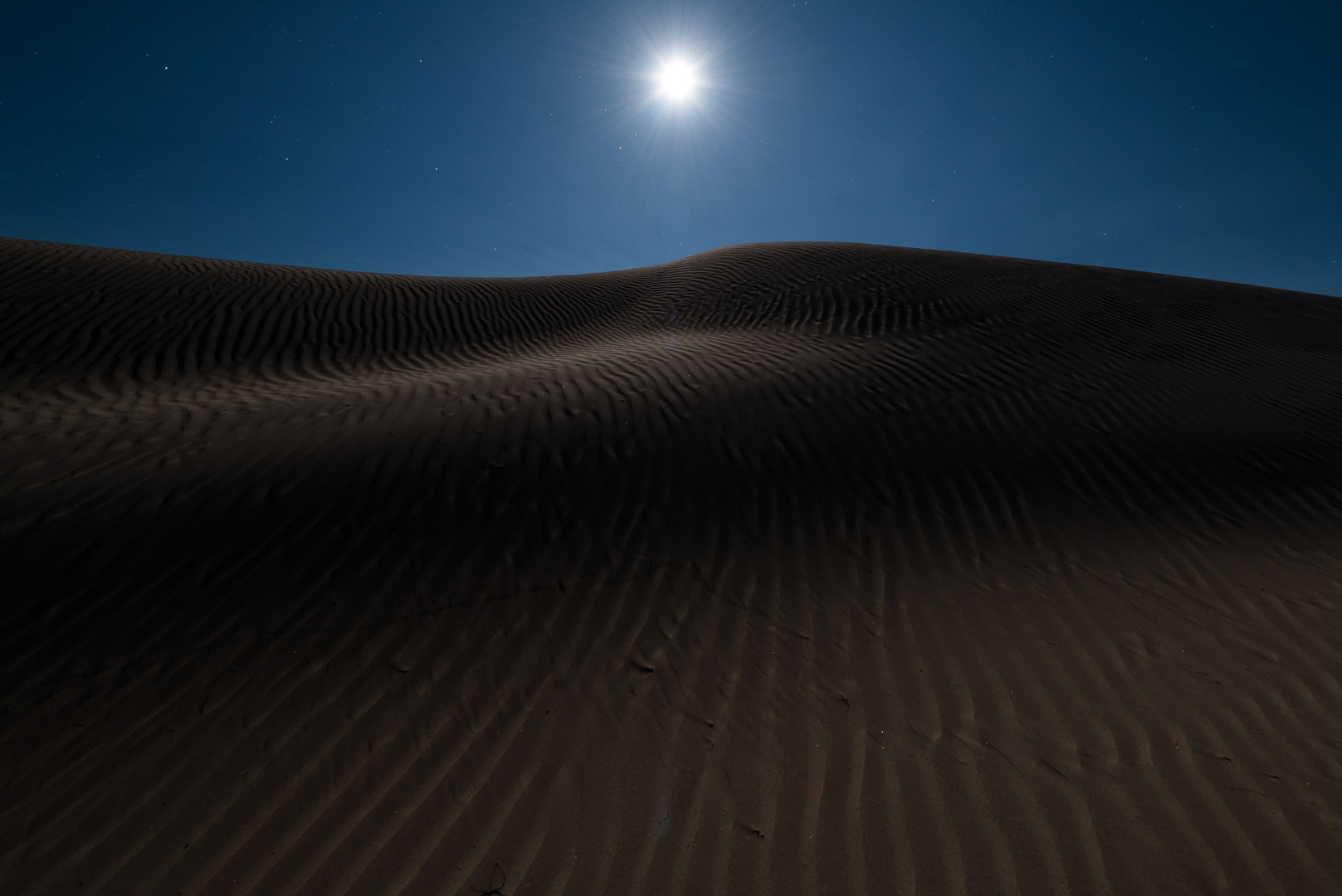In the Bag: Packing for a 3-Week Night Photography Trip
Note: As mentioned in the post below, Matt is about to embark on a 3-week night photography trip with Gabe. Follow their adventures via our next three installments of “NPAN Conversations” on the National Parks at Night Instagram account.
This is gonna be some trip! I’m about to leave for 3 weeks in the American southwest, where I’m co-leading a night photography workshop, attending a night photography conference, scouting some new locations, and creating some photo and video content in the field. And I need to pack for all of that in one bag.
What goes into one bag to cover all of that for one trip? Today I’m going to share that with you!
With all the uncertainties of the past year and of the next few weeks, it’s still exciting to curate and cull my gear for a trip. To be more specific about my needs, the following are my goals for the trip and the events I’m packing out for:
running our night photography adventure workshop in Joshua Tree National Park
attending the NightScaper Conference in Kanab, Utah
spending time with Gabe Biderman exploring the areas around Vermilion Cliffs and Grand Staircase-Escalante national monuments, including some overnights in the backcountry
light writing
Low-level Landscape Lighting for dark-skies
single-row and multi-row panoramas
star trails
testing three star trackers
creating some video content
enjoying the heck out of the trip
getting back to spending time in desert wilderness
With all that on the plate, how do I pack smart, and how do I pack so that my bag is light enough to walk with for a few miles?
The first step: the bag. Introducing my new backpack, the Shimoda Action X50—aka “the Kitchen Sink 2.0.”
There’s a ton of surprises inside. So I made a video walk-through/breakdown of my gear and why it made the cut:
(a few hours later…)
Whew! Thanks for watching. On YouTube, there is a complete gear list with links, or you can download it here:
How are you gearing up for your next trip? What is essential? What did you leave by the wayside and why didn’t it make the cut? Let us know in the comments or on our Facebook page.
